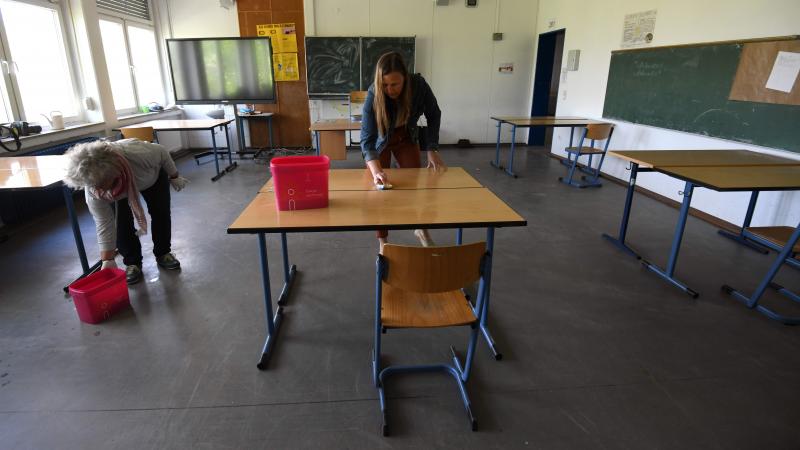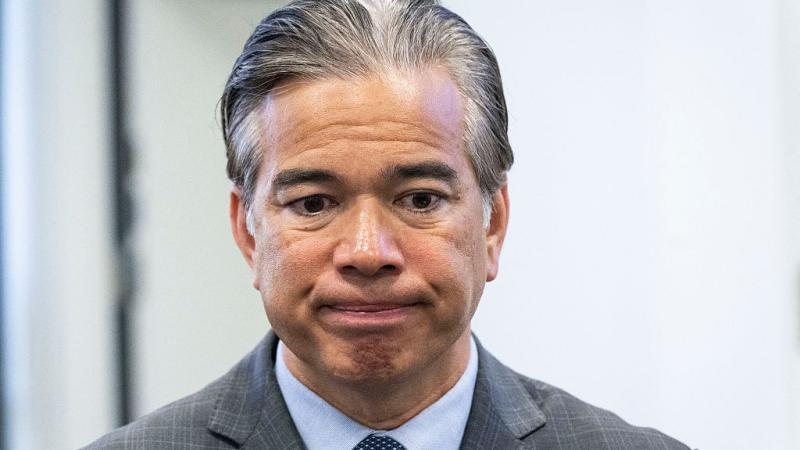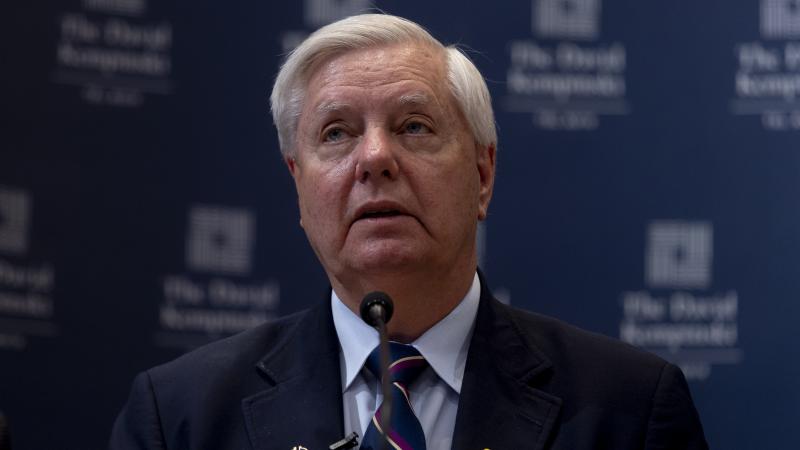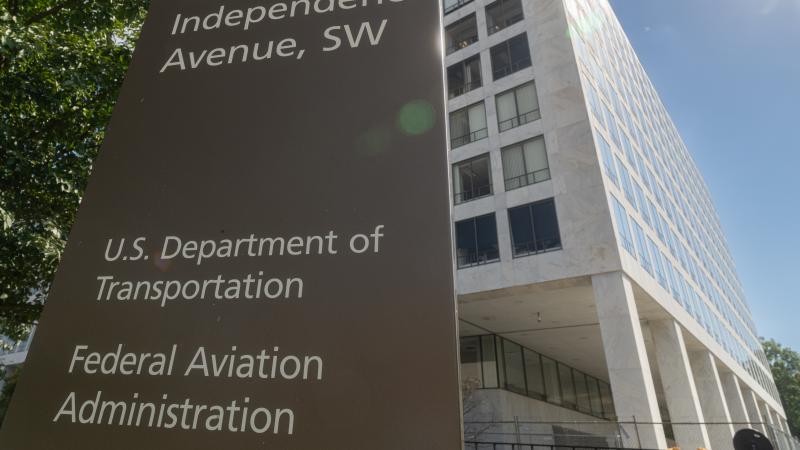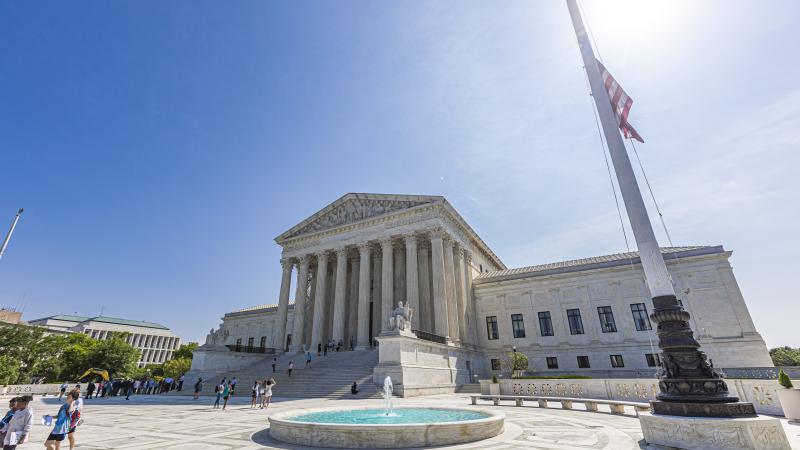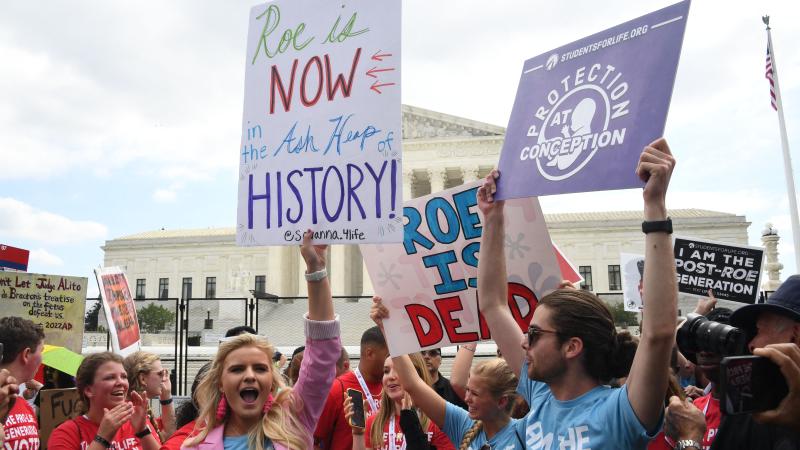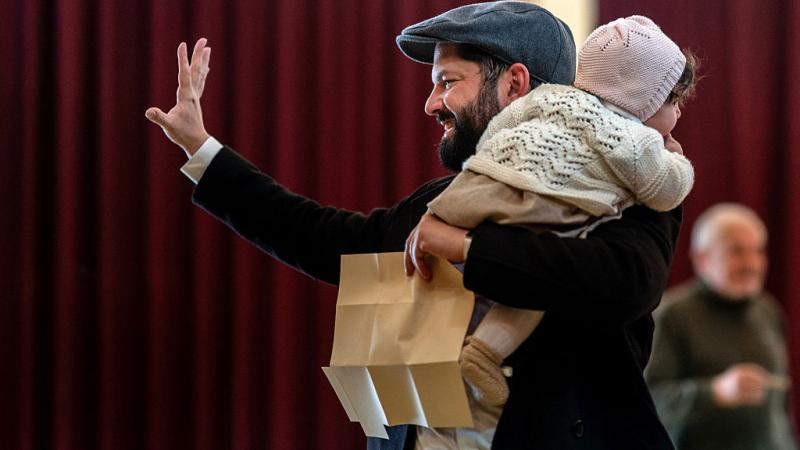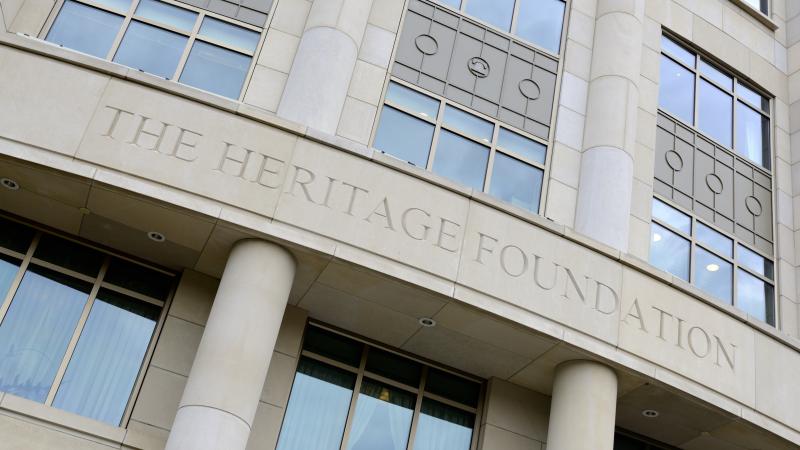Colleges try new way to meet declining enrollment, revenue, partnering with senior-living providers
U.S. Colleges Come Up With Unique Solution to Decline in Enrollment offer potential revenue-generating opportunities that many times using excess land on campus can help make up for declining enrollment.”
Some U.S. colleges and universities facing declining enrollment, amid the country's decreasing college-age population, have come up with a unique way to ease the problem – partnerships with senior-living providers.
The enrollment decline and related financial problems appears significant but largely under-reported, though Forbes reported earlier this year that about one U.S. college a week closes, most often due to financial collapse.
The population of college-age individuals will drop by 15% between 2025 and 2029, according to a recent report.
The drop is the result of declining birth rates since 1990, which according to the Epoch Times was augmented by the 2007 recession. Experts are calling the situation an “enrollment cliff.”
Meanwhile, the most recent U.S. census report, in 2020, shows those aged 65 and older account for 16.8% of the country's population.
Among those touting the partnerships is Life Care Services, or LCS, a senior living management company.
“Universities find that partnerships with senior living providers offer potential revenue-generating opportunities that many times using excess land on campus can help make up for declining enrollment," the company says on its website.
Others tout the opportunity for seniors to be involved in a vibrant campus while auditing and enrolling in classes.
Two notable university-based retirement communities are in Arizona and the Boston area.
Arizona State University has a 20-story facility that was developed by private, nonprofit developers University Realty and Pacific Retirement Services on land owned and leased by the school. The Arizona Board of Regents approved the development in 2016.
The project includes 252 independent-living apartments, 52 health-care units, an indoor pool, theater, art museum, spa, dog park and four restaurants.
ASU President Michael Crow called it at a 2018 groundbreaking ceremony “the world’s coolest dorm."
"There’s no reason everyone can’t be a college student and engaged in what this community has to offer for the entirety of their lives," he also said.
The Mirabella at ASU project is also reportedly the only one of its kind that is on campus.
"You can uplift the next generation by mentoring a student. You can head to downtown Tempe and enjoy the finest of fine dining. It’s all right here,” according to the website for the venture.
While 2010 was the best year for American colleges, with 18.1 million students, it was short-lived. By 2021, enrollment was down by 15%, in part a result of the pandemic.
By 2024, the numbers had nearly returned to their previous pre-pandemic levels. But rising tition costs and the lure of more affordable online enrollment – accelerated in large part by the pandemic – has again lowered on-campus enrollment and resulted in financial challenges for schools.
The National Center for Education Statistics states that undergraduate enrollment is projected to increase from 15.4 to 16.8 million students between 2021 and 2031. This would be a 9% increase, but still falls short of the 2010 high.
Another institution with a model similar to that of ASU is Lasell University and Lasell Village.
Located about 10 miles outside of Boston, the village is committed to providing residents with the chance to continue learning. Like Mirabella at ASU, Lasell residents are committed to lifelong learning.
The website for the school-nonprofit endeavor read: 'We embody the philosophy that learning is a way of being, a commitment that never ends."
The site also says Lasell Village is the first to require each resident to commit to a personalized continuing education program.

